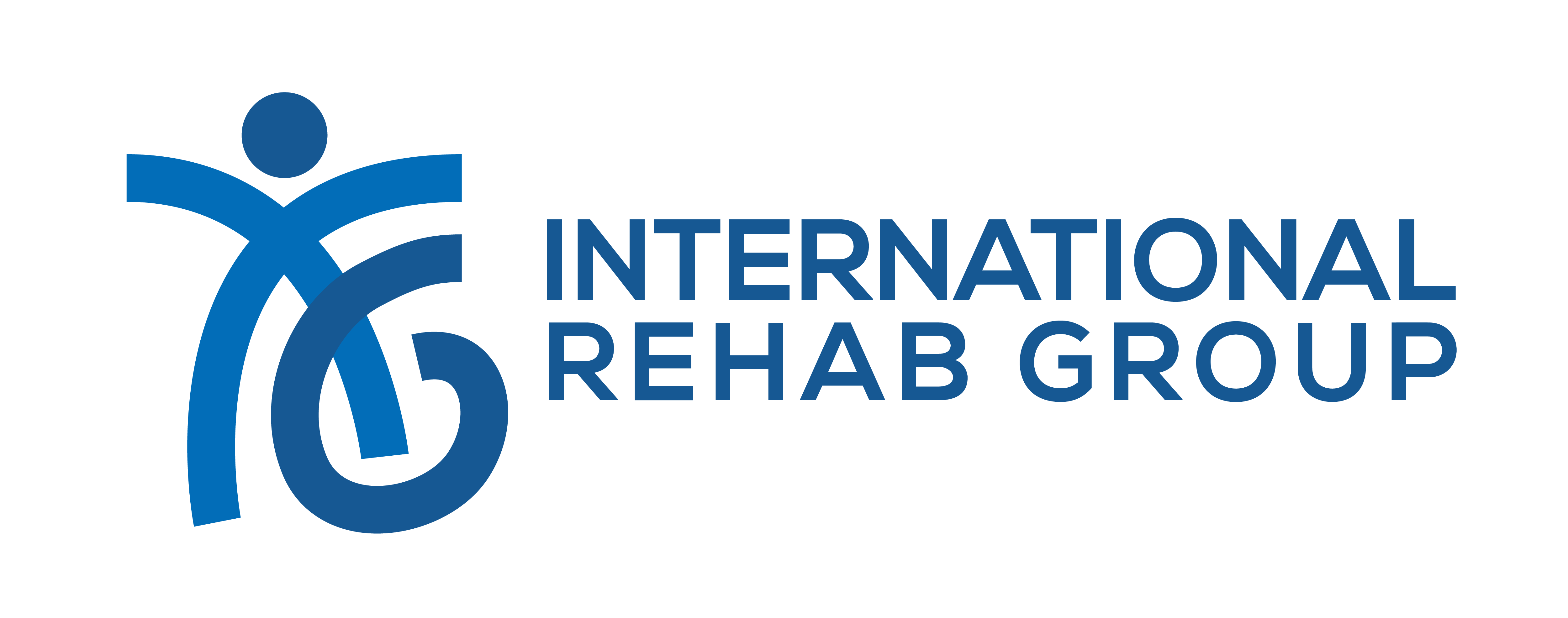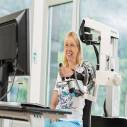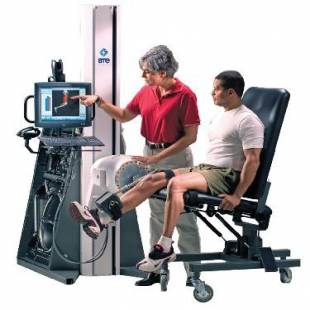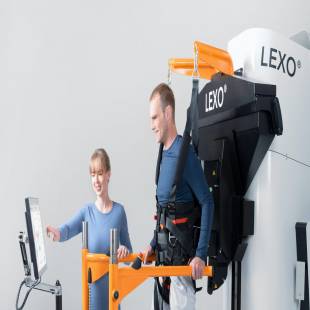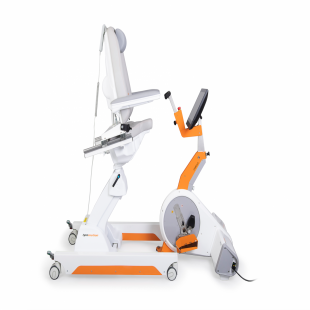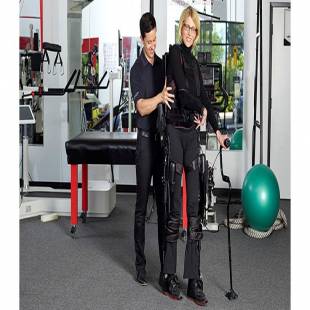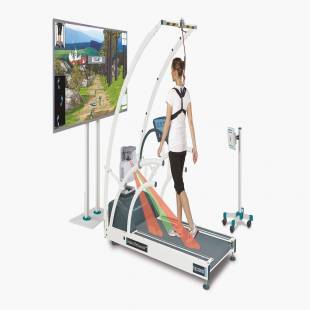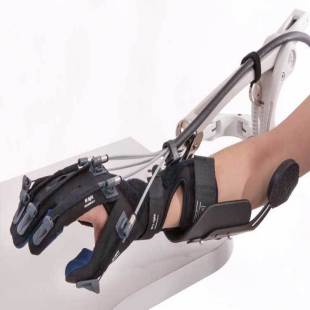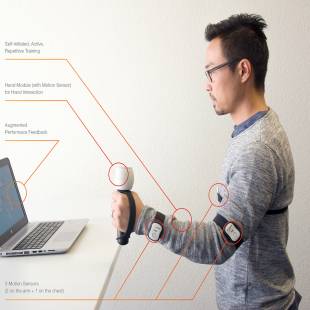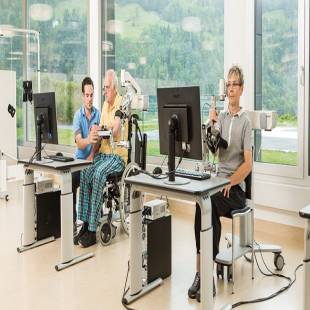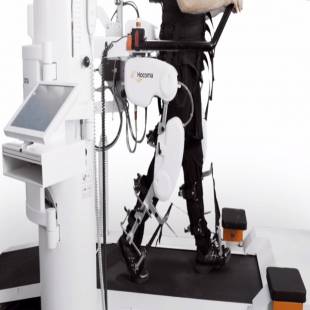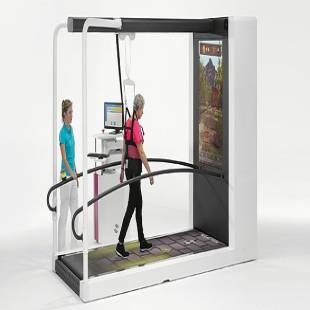Armeo®Power
Supplier : hocoma
In Stock
Armeo®Power, The world’s first robotic arm exoskeleton for integrated arm and hand therapy for severely impaired patients
Limitations of Conventional Arm and Hand Therapy
- Severity prevents practice
- Difficult to keep patients motivated
- A limited number of repetitions
- Therapy is limited by the availability of therapists
- Unclear feedback regarding progress and performance
Changing needs of patients
Advantages of ArmeoPower Therapy
- Highly Intensive Early Arm Rehabilitation
- The ArmeoPower has been specifically designed for arm and
hand therapy in an early stage of rehabilitation.
- The device enables even patients with severe movement impairments to perform exercises with a high number of repetitions (high intensity), which is paramount for relearning motor function.
Assist-As-Needed Movement Guidance
- The ArmeoPower uses sensors and intelligent algorithms to
recognize when the patient is not able to carry out a movement and assists the
patient’s arm as much as needed to successfully reach the goal of the exercise.
- It automatically adapts the arm movement guidance to the individual needs and changing abilities of each patient–from full movement guidance for patients with very little activity to no support at all for more advanced patients. This assist-as-needed movement guidance enables and motivates patients to participate actively in their training, which effectively supports motor relearning.
Arm Weight Support in an Extensive 3D Workspace
- The ArmeoPower is the world’s first commercially available
robotic exoskeleton for upper extremity rehabilitation. The six actuated
degrees of freedom allow training in an extensive 3D workspace.
- This enables patients to practice the movements important for their therapy progress and daily life. The ArmeoPower supports 1D (joint-specific), 2D and 3D movements.
- Stroke
- Multiple sclerosis (MS)
- Cerebral palsy (CP)
- Recovery from neurosurgical interventions
- Spinal cord injuries (SCI)
- Traumatic brain injury (TBI)
- Muscle diseases
- Parkinson’s disease and other movement disorders
- Upper limb ataxia
Neuropathies (e.g. Guillain-Barré syndrome)
